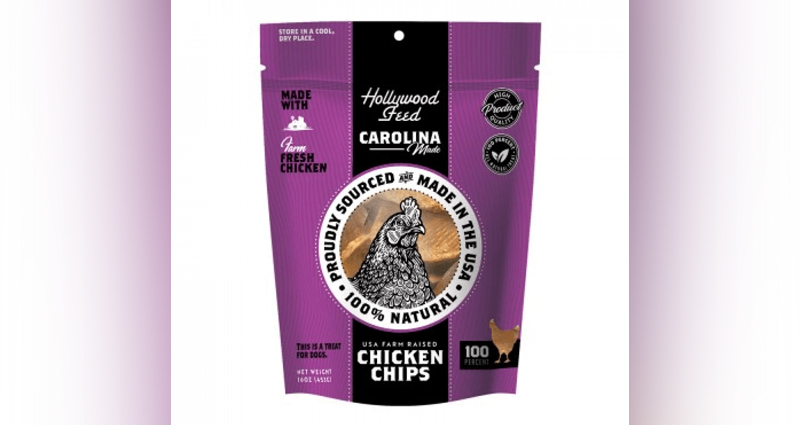HAMPTON ROADS, Va. (WAVY) – Wednesday is the start of summer, and as more people are outside at beaches, pools, camps and events, it is important to know more about protecting your skin and lowering the risk of skin cancer.
According to the CDC, skin cancer is the most common cancer in the United States.
In Wednesday’s Community Chat, WAVY Digital Desk Host Sarah Goode spoke with Dr. Ilene Stephan from Riverside Health system about skin cancer. Stephan is the survivorship program coordinator at Riverside. Watch the conversation in the video player on this page.
There are multiple types of skin cancer. The three primary types are: basal cell, squamous cell, and melanoma. Melanomas tend to the most concerning.
Stephan said the general rule if you are concerned something on your body is skin cancer, is whether it is changing. If something has looked a certain way for years and now it looks different, it should be observed.
The ABCs of skin cancer can be a good guide.
- A for asymmetric
- B for irregular borders
- C for variations of color
- D for diameter (Generally, note if something is growing bigger than a pencil eraser)
- E for evolving
Regular skin checks are important, especially if you are at a higher risk. Some factors that increase risk include family history, prior diagnosis and skin color.
One of the main risks is sun exposure.
“The UV exposure really is one of the biggest links for your likelihood to develop skin cancer,” Stephan said. “So, for instance, patients who are in occupations that have a lot of UV exposure are at a much high risk.”
If you have to be outside due to an occupation or activities, there are ways to lower exposure.
Sunscreen is a great way to protect your skin all year long. There are many types, from spray, lotion, mineral, water defense, SPF (Sun Protection Factor) levels and much more.
“The best sunscreen is the one you will wear,” Stephan said.
The other important factor with sunscreen is how much you put on and the reapplication. The CDC said the minimum to put on is one ounce.
For SPF levels, try to use SPF 30 or higher.
“We recommend SPF 30 or greater,” Stephan said. “An SPF 15 sunscreen will block about 93% of the damaging UV rays and if you go up to a 30 you get up to 97%.”
Using spray sunscreen is OK, but dermatologists suggest lotion helps for more coverage. As an example, Stephan noted trying to use a spray sunscreen on a windy day. A lot of that sunscreen is probably blowing down the beach. Instead, she suggested using lotion, then reapplying with spray if needed.
Is there a way to reverse sun damage and risk?
Not really, Stephan said. About 20 to 50% of our lifetime UV exposure happens under the age of 20.
“As a parent, being cognizant trying to encourage kids to protect themselves from the sun is important,” Stephan said. Help them reapply, getting out of the water and putting enough sunscreen on throughout their time outdoors.
Here are other ways to protect your skin this summer:
- Limit time outside between 10 a.m. and 4 p.m.
- Wear protective UV clothing
- Protect your eyes with sunglasses
- Find shade whenever possible
For more information, watch the full Community Chat in the video player.

























































